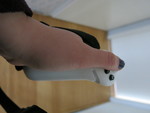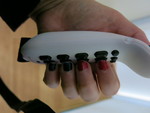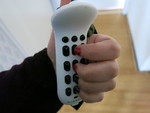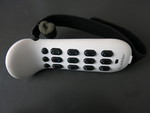Physics engine
In preparation for the residency at APO33, I started making a physics model to use as the dynamical system in the background. Initially I wanted to use Dimple, a program made by IDMIL, but as that hasn't been maintained for a while, I haven't been able to build it. Instead I came across a physics engine for Processing, the Traer Physics Library, which seems to do what I want.
The model is set up as follows:
- In the middle there is a kind of rod, which exerts a repulsive force.
- There are 100 nodes around this rod, that are connected sideways to each other, so that - with the repulsive force from the center, they have a rest position that makes a cylindrical shape.
- To keep the edges stable, I added additional fixed nodes at each end, that pull the cylinder outwards.
- Each node of the cylinder has another ball with a spring attached. This ball is just attached to that node, and also is under the influence of a repulsive force from the rod in the middle.
- At each node, I can exert a force toward the middle rod that is set via OSC - these will be controlled with the stretch sensors.
As the stretch sensors pull on one of the nodes in the model; the rest of the nodes will be set in motion as they are connected with springs to each other.





